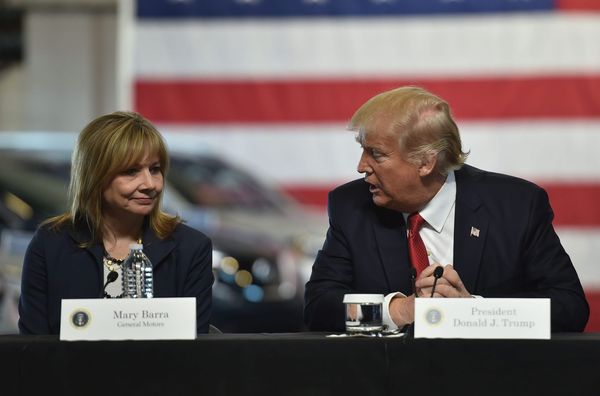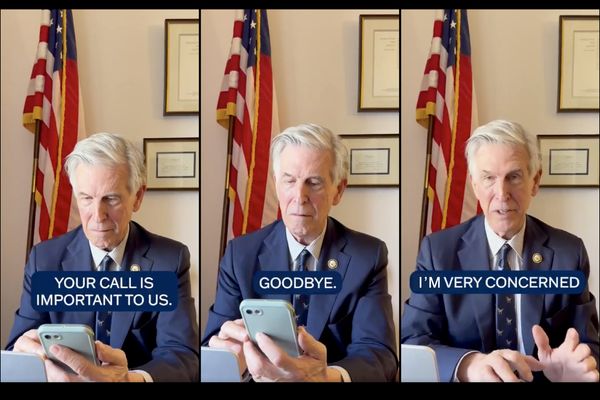For more than a century, the trailblazing contribution of black women in Edinburgh in inspiring emancipation and suffrage movements across the globe has been buried in time.
Despite its tragic links to the slave trade, the capital once provided a platform for iconic members of female-led movements to make their voices heard around the world, yet there is little to celebrate the significance of their fearless activism.
While towering columns and buildings bear the names of men who, directly or indirectly, profited from and helped delay the abolition of slavery, few monuments to women who made strides to end a dark period of history exist.
READ MORE: Stunning Edinburgh home inside historic former whisky distillery hits market
The Edinburgh Caribbean Association has worked tirelessly to redress the balance through a series of informative walks, workshops and educational programmes, bringing Edinburgh’s black history back into focus.
Ahead of International Women’s Day on March 8, Edinburgh Live spoke to the organisation’s founder, Lisa Williams, on how the capital’s pioneering black history is finally being preserved for future generations.
“Knowing Edinburgh was such a hub internationally. It was a big part of the British Empire, a lot of people ended up coming here because of that and there were all sorts of things happening that you wouldn’t necessarily think of because it’s not in our museums, we don’t have statues or anything really to commemorate their achievements,” she said.
“It’s really to encourage girls and women to know they’ve had these really important role models in the past, who have changed things, not just at a local level, but internationally.”
Stops on the black history walks include those at the grave of Malvina Wells, the only known person to be buried in Edinburgh after being born into slavery, and a retelling of the story of Belize-born Nadia Cattouse, who broke down barriers to work as a signal operator during the second world war at a time when the British Army insisted all Caribbean recruits be white.
“Malvina Wells would regularly go down to Leith and meet the boats coming from Grenada, from Carriacou, because there was a newspaper boy who would send them to her so she could keep up with the news from home," she said.
"She would end up to leaving a will of almost £70,000, which was a huge sum for anyone even if they were not born into slavery, and sent some money to that newspaper boy as part of that.
"We’re lucky enough to have a portrait of Malvina Wells and the family she worked with. You describe their life as much as possible. When you have actual gravestones as well, you have an actual marker that people are drawn to."
Lisa added: "Nadia came to Edinburgh as 19-year-old and trained as a signals operator.
"People are still surprised at the colour bar that was still in place in the army at that time because people were coming from all over the world to aid in the war effort.
"But they lifted the colour bar finally in 1943 because they needed more people. Quite a lot of people came over and worked, not necessarily on the front lines, but they are doing things like learning morse code, and working for the land army.
"She actually had a really good experience, didn’t really experience any racism, she made a lot of Scottish friends."
However, the capital's influence reached far further than the boundaries of the city. In the mid-19th century, a group of middle class Quaker women, spearheaded by a fearless band of 'forgotten heroines,' played a vital role in aiding enslaved African Americans across the Atlantic to reach free states without fear of persecution.
The Edinburgh Ladies Emancipation Society, alongside abolitionist magazine publisher Henry Brougham, were a transatlantic olive branch to the Underground Railroad and later invited prominent black voices from the United States to share their experiences in Scotland.
Lisa said: " There was a letter writing that went back and forth between abolitionists on both sides. The American-British connections were probably a bit stronger because they all spoke the same language and because slavery in North America started with the British.
"The society got Scottish women to knit and sew outfits they could send to women who were emancipated and moving from the south to north to freedom, so that they could look like free women and didn’t attract so much attention.
"They would also crochet dolls and toys which they would then send to places like Boston and would have an anti-slavery bazaar and they would sell those objects to American families and use the proceeds to help emancipated women.
“There were poems written about those dolls. They were very popular, made in Edinburgh and sent out there."
Sign up for Edinburgh Live newsletters for more headlines straight to your inbox
She added: "Sarah Parker Remond, an amazing abolitionist from the United States, came here in 1860 and got a lot of support, a lot of people coming to hear her speak.
"You had people like Ida B. Wells who spoke on the Royal Mile in 1893, talking about the awful things that were happening to African American people after the civil war.
“Women were so much part of that, and that was really the forerunner for the suffrage movement and the feminist movement in Scotland."
For now, much of Lisa's work has been around educating those who will go on to teach future generations about the city's special place in black female history.
"We have had teaching students from Queen Margaret University come out on walks recently and that has been really exciting," she said.
"They are the people who are going to be in the classrooms, teaching the next generation.
" I want them to feel equipped, confident and empowered to not make it something that is separate, but something that is part of our history here."







